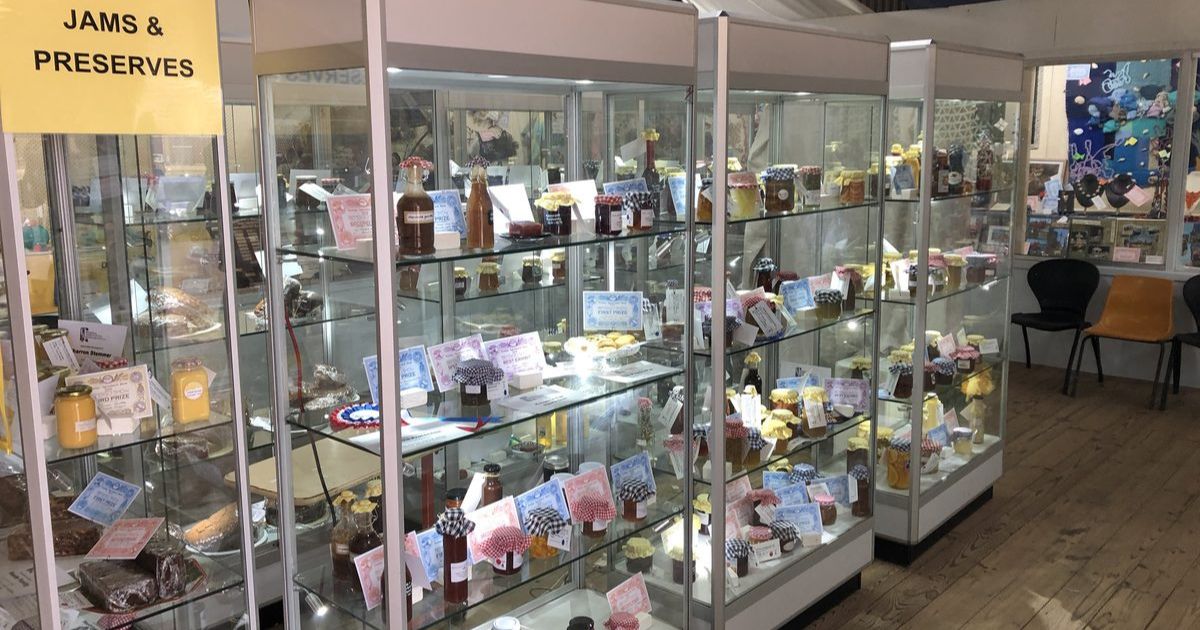The man who put Heathcote on the map

Life of service: Philip Chauncy worked as a district surveyor in several Victorian towns, including Heathcote. Photo: SUPPLIED
WHEN newly appointed district surveyor Philip Chauncy arrived in Heathcote in late September 1853, the McIvor diggings were less than a year old.
William Bulling’s discovery of gold in November 1852 had resulted in a rush that brought tens of thousands of fortune hunters to the region.
The existing small population of squatters, who occupied sizeable pastoral runs, was rapidly outnumbered as the diggings extended eastwards to what is now Costerfield, Graytown and Rushworth.
Victoria’s fledgling colonial government needed skilled individuals to map these new areas, and to maintain a semblance of order over a large, mostly transient population.
Philip Lamothe Snell Chauncy was born at Datchet in Buckinghamshire, England in 1816 and he emigrated to South Australia in 1839.
Two years late he married his first wife, Charlotte Kemmis, and became assistant government surveyor in the Swan River Colony, now Western Australia.
Charlotte died in 1847 and Chauncy remarried in 1848. His new bride was Susan Mitchell.
In 1853 the couple, along with their three young children Theresa, Philip and William, moved to Melbourne where Chauncy set up as a private land agent and surveyor with offices in Swanston Street.
This venture was short lived as he found it difficult to find enough work to support his family.
When the colonial surveyor general, Captain Andrew Clarke, offered him a role as surveyor-in-charge of the McIvor District, he accepted quickly.
The position came with a £400 per year salary plus £200 for travelling expenses and equipment, rations for himself and five men, as well as forage for one horse, and firewood.
Melbourne had proved expensive and unruly, in his 1873 memoirs he claimed that “the charge for about three wheelbarrow loads of firewood was about three pounds,” and “food was nearly a shilling a mouthful; pale ale six shillings a bottle.”
“Day after day my wife spent in her cottage with no one to speak to but our dear little children, and the grasping impertinent people with whom she had to deal for our daily supplies.”
Chauncy and his family, accompanied by their servant Betsy and five hired men, left for Heathcote on 13 September.
“The journey to McIvor, seventy-two miles, occupied 10 days, of which it rained on nine,” he wrote.
A broken axle marred their third day and on the fourth Betsy became stuck in mud up to her knees.
Three days later she abandoned the family and Chauncy was unable to locate her.
“She proved to be a worthless girl, and doubtless stayed at some hut or tent,” he claimed.
The remaining party finally reached the Commissioner’s camp at the diggings on 22 September and the family moved into the four tents they had brought with them.
One of Chauncy’s first tasks was to oversee the building of the survey office which still stands at 178 High Street and is now home to Chauncy restaurant.
He was given £1546 for its construction and the family lived there for six-and-a-half years after 12 months in the camp.
“I laid out the township at McIvor, which was named Heathcote,” he wrote, “and executed many other surveys, including that of the now important town of Echuca, the site of which I selected in February, 1854, and named it after the native name of the locality.
“I also conducted the first land sales at Echuca, and indeed all the land sales in my district.
“I had four assistant surveyors under me, with their respective staffs.”
He also designed the new Heathcote cemetery and his elder son, Philip, was the first burial in May 1854 after he succumbed to an attack of croup.

The Chauncy’s went on to have three more children, Auschar, Annie and Constance, while they were in Heathcote, plus another three, Amy, Frederick and Clement, in Dunolly.
Chauncy bought a number of parcels of land in Heathcote and erected the long-demolished Myrtle Cottage on High Street.
He planted an orchard and a “vinery” in its grounds and also had a farm named Datchet, after his birthplace, about six miles out of town which he said had cost him about £1100.
Chauncy became a magistrate in 1857 and a colonial Commissioner of Crown Lands in August 1859.
But his time at Heathcote was almost over.
“In October, 1860, I received instructions to take charge of the Dunolly Survey District,” he wrote. “Having unfortunately invested a good deal of money at McIvor, this removal to a distant part of the colony caused me some serious losses.”
Heathcote did not have a permanent surveyor after Chauncy’s departure, contract surveyors undertook all later land selections in the district.
Philip and Susan remained in Dunolly for six years which he described as “amongst the happiest in my life.”
Sadly his “dear Susie” died in 1867 after 19 years of marriage.
At this stage he was district surveyor at Castlemaine and he also worked at Ararat, Camperdown and Ballarat.
He was a deeply religious man and on his retirement in 1878 he became registrar to the Anglican bishop of Ballarat.
He died in April 1880, leaving an estate of £3,400, and was buried with his late wife in St Kilda Cemetery.


















